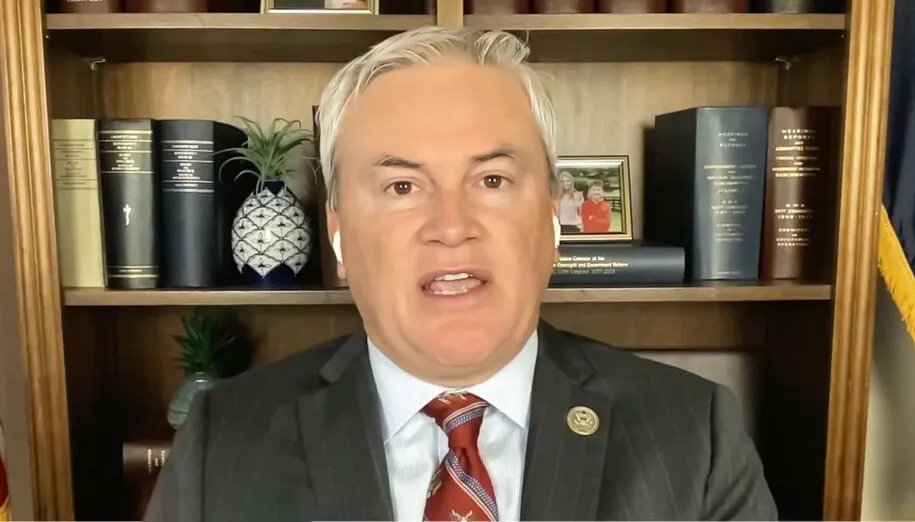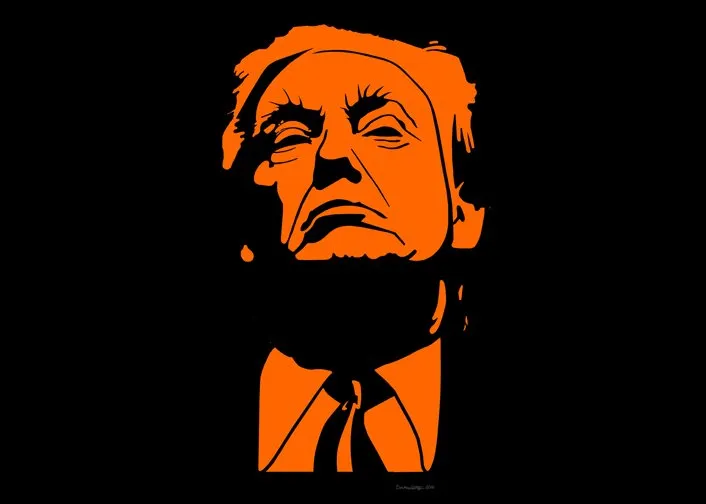In 1938, the Fair Labor Standards Act, which established a federal minimum wage of 25 cents per hour, was signed into law by President Franklin Roosevelt, “In our seeking for economic and political progress, we all go up – or else we all go down.”
According to John Revitte, a professor of Labor Studies at Michigan State University, “America had a long tradition in which issues between the employer and the employee were their [own] concern,” he explains. “The New Deal was saying, these are also the concerns of the government.”
Today the federal minimum wage applies to U.S. workers who are employed by companies with revenues of at least $500,000, plus workers in hospitals, nursing homes, schools, government agencies, and those who are involved in interstate commerce in their jobs.
One reason that the federal minimum wage provokes continuing controversy is that it doesn’t automatically adjust to the rising cost of living. “This means it is completely dependent upon political negotiations,” explains Stephanie Luce, a professor in Urban Studies at City University of New York.
Since the first federal minimum wage was set, it has been raised 22 times by 12 different presidents. The history of the federal minimum wage is one of political struggle.
We are watching in real time this political struggle with our overdue debate on raising the minimum wage to $15.00.
In 1949, Congress raised the federal minimum wage to 75 cents, tripling the original amount, the first of numerous increases over the next six decades.
The federal minimum wage actually peaked in buying power in 1968 at $1.60/hour, the equivalent of $11.53 in 2019 dollars.
I remember working at the Folly Beach, SC pier in the summer of 1968 at $1.60. My weekly check was $64.00 gross , $50.00 take home pay. Gasoline was 20 cents per gallon, a McDonalds cheeseburger, fries, and a small chocolate shake was about $1.00, and a movie was 75 cents. I was able to save about $35.00 per week.
Until 1968, the minimum wage not only kept pace with inflation, but it also rose in step with productivity growth.
- If minimum wage rises in step with inflation, it will allow minimum wage earners to buy the same number of goods/services over time, protecting them against higher prices.
- And if wages rise with productivity as workers produce more goods /services per hour, minimum wage earners will be able to buy more goods/services over time.
While the national minimum wage did rise roughly in step with productivity growth from its inception in 1938 until 1968, in the more than five decades since then, it has not even kept pace with inflation.
And, if the minimum wage had risen in step with productivity growth since 1968, it would be over $24 an hour today.
Henry Ford got it
Henry Ford of Detroit’s Ford Motor Company certainly understood the theory of wages and was ahead of the Feds in his business practices.
Ford astonished the world on January 5, 1914 by offering a $5 per day wage for qualifying male workers, which more than doubled the normal rate of $2.34 a day for most of his workers.
Instead of constant employee turnover, the best mechanics in Detroit flocked to Ford, bringing their expertise, raising productivity, and lowering training costs.
One very tangible result was the Ford employee could now afford to buy a Ford automobile!
Real profit-sharing was offered to employees, and a new, reduced workweek in 1926. It was announced as five 8-hour days, giving a 40-hour week.
Ford wanted to boost productivity, as workers were expected to put continuous effort into their work in exchange for more leisure time. “We’re certainly not perfect, but we try to take care of our employees because they play such a significant role in our success.”
Too bad Henry Ford is not advising the Republican party today.
Unfortunately, some Republicans don’t get it
Recently, in a Senate hearing, Costco CEO Craig Jelinek couldn’t understand why Sen. Lindsay Graham (R-SC) was arguing to NOT raise the minimum wage to $15 an hour. Jelinek’s company, which employs 180,000 workers, paid $15 an hour back in 2019, and more than half of the workers are now earning $25 an hour.
“At Costco, we know that paying employees good wages … makes sense for our business and constitutes a significant competitive advantage for us. It helps us in the long run by minimizing turnover and maximizing employee productivity.” Sound familiar?
The senator chided the Costco CEO for advocating “doubling the minimum wage”.
“I don’t know that I was suggesting doubling the minimum wage,” the Costco CEO responded.
When asked by Graham if he would support an $11 minimum wage, put forward by Sen. Joe Manchin (D-W.Va.), CEO Jelinek responded: “It’s better than $7.25!”
Get it done, even if you have to do it gradually
Originally, the Fair Labor Standards Act called for a 40-cent-per-hour wage, but it was scaled back to 25 cents to win the support of members of Congress from southern states.
Today, the 1968 federal minimum wage, which peaked in purchasing power at $1.60 per hour, is the equivalent of $11.53 if adjusted for inflation, and $24.00 if adjusted for productivity.
So, after 12 years without any increase at all in the minimum wage, it is time to do the right things and raise the minimum wage. A good compromise would be to raise the minimum wage from $7.25 to $11.50 now, and raise it incrementally to $15.00 by 2025.
If we’re going to have a minimum wage, it has to be a living minimum wage. Get it done.
–30–
Comments








